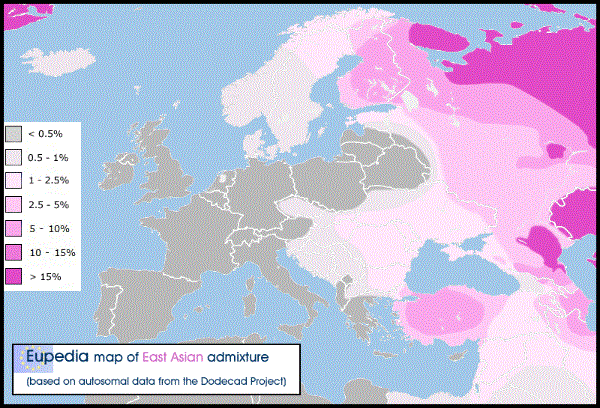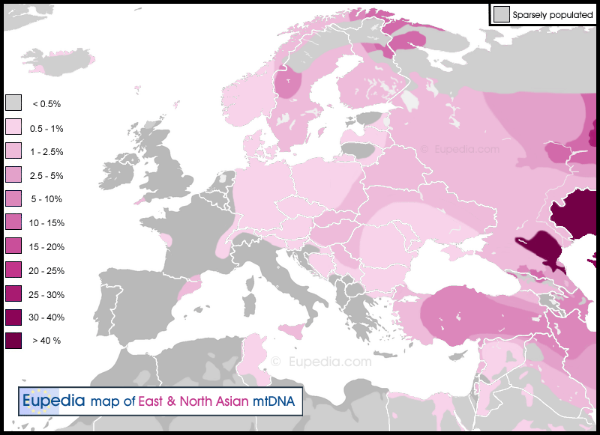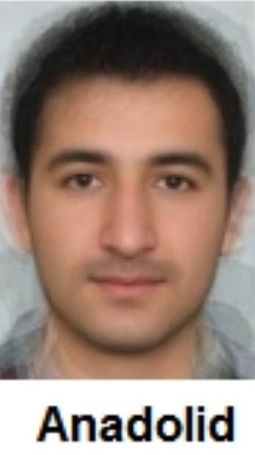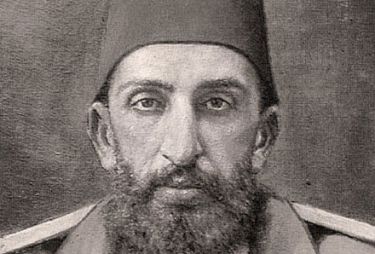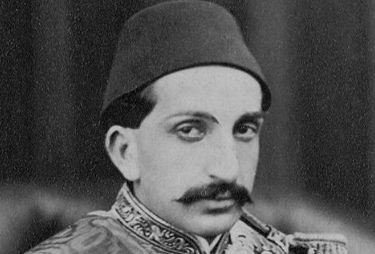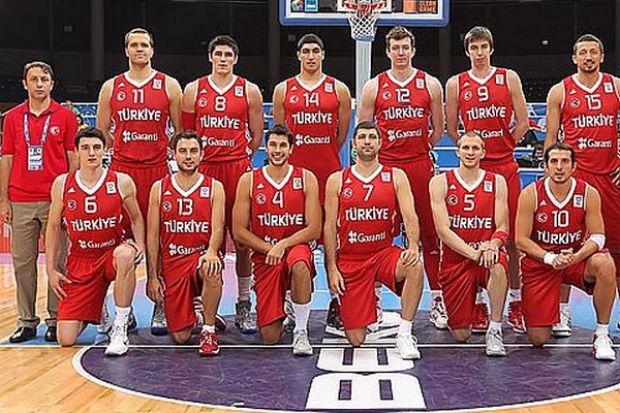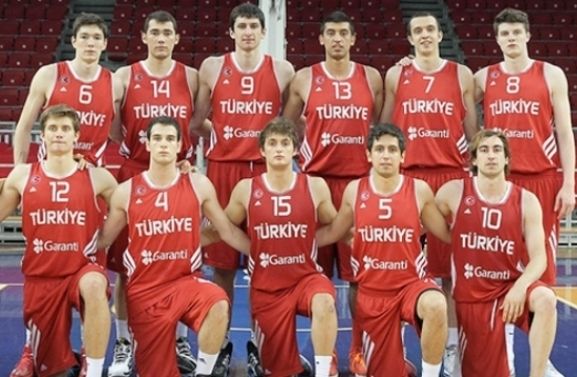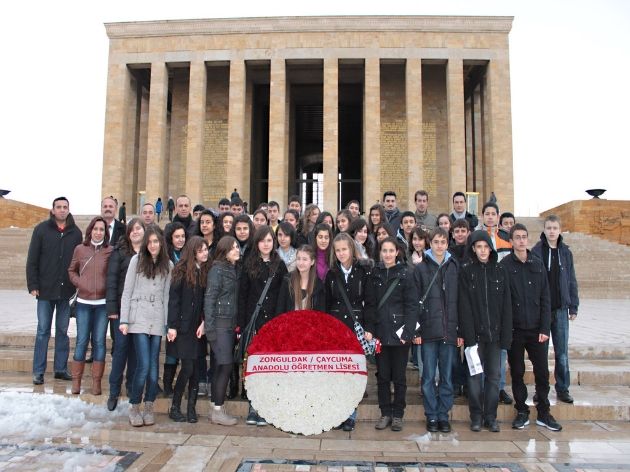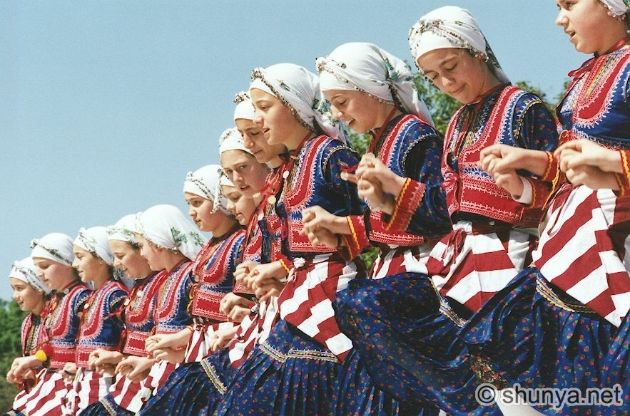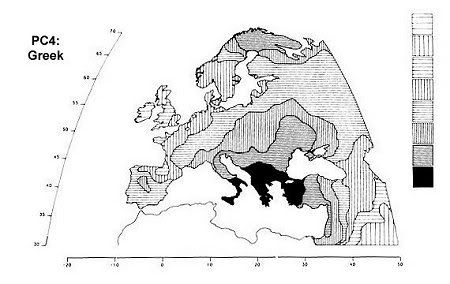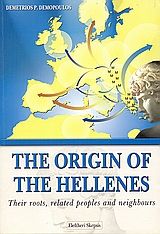Post by Admin on Nov 7, 2022 15:50:24 GMT

FIG. 22 - From Cavalli-Sforza et al. (1994) "The History and Geography of Human Genes" [47], page 82, Figure 2.3.5. Principal-component map of the 42 populations. Greeks cluster with the Europeans (upper right corner).

FIG. 23 - From Cavalli-Sforza et al. "The History and Geography of Human Genes" [47], page 268, figure 5.5.1. Genetic tree of 26 European populations. Greeks grouped with other European and Mediterranean populations. Fst distances are based on an average of 88 genes. [Fixation index (Fst) is a measure of population differentiation, genetic distance, based on genetic polymorphism data, such as single-nucleotide polymorphisms (SNPs) or microsatellites.]

FIG. 24 - From Cavalli-Sforza et al. "The History and Geography of Human Genes" [47], page 269, figure 5.5.2. Principal component map of Caucasoids: N, C, and S denote Northern, Central, and Southern Europeans. All European populations are related to Greeks, Basques, and Finns, which form the borders of the genetic structure in Europe.

FIG. 25 - From Ayub et al. [48], figure 2. Neighbor-joining tree, representing relationship between 19 modern human populations. Tree is based on Das genetic distances for 182 tri- and tetranucleotide microsatellite repeats. Bootstrap resampling values are provided at each fork. Greeks cluster with the Europeans.

FIG. 26 - From Novembre et al. [53], figure 1a. Population structure within Europe. The authors used 1,387 Europeans (for whom they have high confidence of individual origins) and 197,146 autosomal single-nucleotide polymorphisms (SNPs) for the construction of this graph showing their genetic pattern. It resembles very much the geographic map of Europe. Neighboring populations cluster close to each other, while being distinguishable. The Iberian peninsula, the Italian peninsula, southeastern Europe, Cyprus and Turkey can be recognized on the graph.
Conclusions from the studies using multiple autosomal gene markers
Greeks cluster genetically with 41 other Europeans populations tested [49].
Greeks cluster with other South European (like Italians) and
North-European populations and are close to the Basques [48] (FIG. 25).
Greeks grouped with other European and Mediterranean populations [47,51], (FIG. 22, FIG. 23).
Greeks are some of the earliest contributors of genetic material to the rest of the Europeans as they are one of the oldest populations in Europe [54].
Greeks are closest to Italians, Romanians (small sample size) and Former Yugoslavians [52], and to Albanians, southern Balkan Slavs, Romanians, Bulgarians, and Italians [53] (FIG. 26).
Vardar Slavs cluster very close to Bulgarians [53] (FIG. 26).
greek-dna-sub-saharan-myth.org/greeks-sub-saharan.html#greeksclustereuropeans




